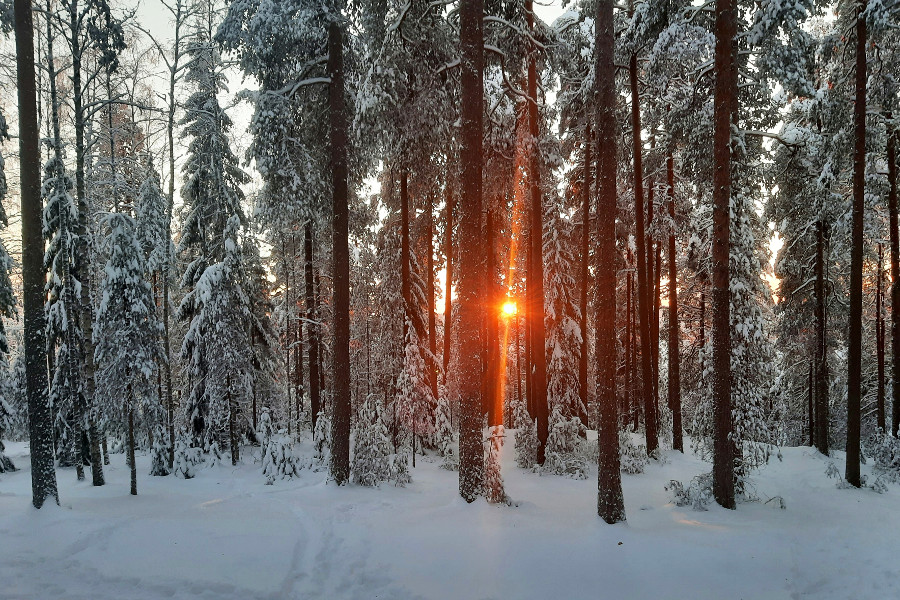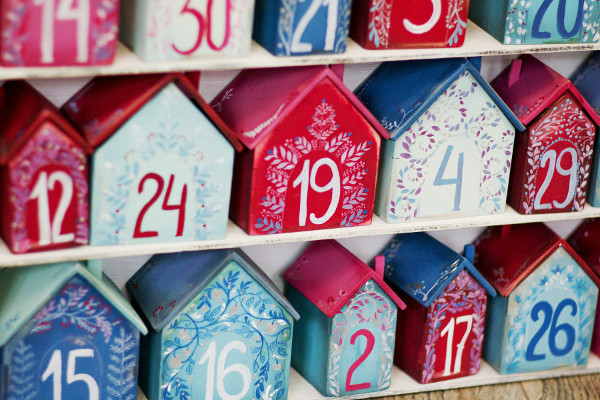What is the Winter Solstice and What is Its Significance for Daylight Hours? - Traditions, Rituals, Global Celebrations
The Winter Solstice marks a moment of cosmic pause, when the Earth’s tilt brings the Sun to its lowest point, creating the shortest day and longest night of the year. It’s a time of reflection, signaling the start of daylight’s slow return. This celestial event has been celebrated across cultures for centuries, symbolizing renewal and the triumph of light over darkness. Let’s explore the significance of the Winter Solstice, its traditions, and the global celebrations that honor this turning point in the year.

What is the Winter Solstice?
The Winter Solstice is the moment when the Earth’s tilt causes the Sun to reach its lowest point in the sky, marking the shortest day and longest night of the year. It's like a cosmic pause, where daylight takes a step back and night reigns. As a species, we’ve always been in tune with the rhythms of the Earth. So, when the solstice hits, it’s not just an astronomical event – it’s a reminder that we’re part of something much bigger. After this, the Sun slowly returns, signaling the slow but steady increase in daylight.
When does the Winter Solstice happen?
The Winter Solstice happens around December 21 or 22 in the Northern Hemisphere, bringing with it the longest night and shortest day of the year. Down south, in the Southern Hemisphere, the solstice takes place around June 20 or 21. These dates shift slightly every year, but they’re always close. It’s a moment where time seems to slow down, and the Earth’s axial tilt works its magic, creating that turning point between the darkness and the return of light. The solstice is like a celestial milestone that quietly reminds us of the passage of time.
How does the Winter Solstice affect daylight hours?
The Winter Solstice kicks off the shortest day of the year, with daylight hours at their bare minimum. In the Northern Hemisphere, the Sun barely rises above the horizon, casting a long, low light before it sets again. It’s a time when the night seems to stretch on forever. But here’s the thing – after the solstice, daylight slowly starts to stretch, minute by minute. It’s like nature itself sighs in relief, starting the slow climb toward longer days. So, while the Solstice might seem like the peak of darkness, it actually marks the beginning of light’s return.
How long does the Winter Solstice last?
The Winter Solstice itself is a fleeting moment in time, lasting only an instant when the Earth’s tilt reaches its maximum angle from the Sun. That split-second moment happens at a specific time, like the universe hitting pause. But the effects of the Solstice – the shortest day and longest night – last for the whole day. It’s like the Solstice holds space for the darkness before light slowly begins to reclaim the sky. It’s a symbolic turning point that, while brief, starts the shift toward longer days and brighter mornings.
Why is the Winter Solstice important in different cultures?
For centuries, people have celebrated the Winter Solstice, marking it as a powerful symbol of rebirth and renewal. In many cultures, it’s been seen as the triumph of light over darkness, as the days start to lengthen again. Ancient cultures celebrated this turning point with feasts, rituals, and offerings, believing that the Sun’s return would bring prosperity, health, and good harvests. From the Romans’ Saturnalia to the Norse Yule, the Solstice is a reminder that, even in the darkest times, light always returns. It’s a time for renewal, hope, and connecting with the cycles of nature.

What are some traditions associated with the Winter Solstice?
The Winter Solstice has inspired a whole range of traditions over the centuries. From the ancient Romans, who celebrated Saturnalia with feasts and revelry, to the Norse Yule, where people lit candles to honor the rebirth of the Sun, the Solstice has always been a time to embrace light and togetherness. In modern times, many of these traditions continue with candlelight vigils, bonfires, and feasts. People decorate their homes with holly and ivy, plants that symbolize endurance through the winter. At its core, the Winter Solstice is about celebrating the return of hope, light, and warmth.
Does the Winter Solstice occur on the same day in both hemispheres?
Nope, the Winter Solstice happens on opposite days in the Northern and Southern Hemispheres. While the Northern Hemisphere experiences its shortest day around December 21 or 22, the Southern Hemisphere is welcoming the longest day of the year at the same time. Essentially, the two hemispheres are in different phases of the Earth’s tilt, creating a perfect mirror image. So, while you’re celebrating the longest night, folks down south are enjoying a sun-filled day. It’s a cosmic dance that reminds us just how vast and interconnected our world is.
What is Yule, and how is it connected to the Winter Solstice?
Yule is an ancient winter festival with roots in Norse traditions, celebrating the rebirth of the Sun. It coincides with the Winter Solstice, symbolizing the return of light after the longest night. In Norse mythology, the god Baldur’s death and rebirth were linked to the Solstice, representing hope and renewal. Over time, Yule traditions blended with Christmas customs – decorating trees, exchanging gifts, and lighting candles. Yule’s essence is about honoring the Sun’s return, and many modern Christmas rituals are rooted in these ancient solstice celebrations, making the Solstice an eternal symbol of light overcoming darkness.
Why do people gather at Stonehenge for the Winter Solstice?
Stonehenge has long been a sacred site aligned with the Winter Solstice. People gather there to witness the Sun’s rays shining through the stones at dawn, framing the Solstice sunrise. It’s not just about the view – it’s about connecting with an ancient tradition that honors the cycles of nature. Stonehenge’s alignment with the Sun speaks to the deep human desire to mark time and celebrate the turning of the seasons. For many, standing there on the Solstice is a powerful way to experience the timeless dance of light and darkness, and the return of the Sun.
What are some myths and legends surrounding the Winter Solstice?
From ancient times, myths and legends surrounding the Winter Solstice have woven stories of light’s victory over darkness. In Norse mythology, the rebirth of the Sun is linked to the god Baldur’s resurrection, a symbol of hope for the coming year. The ancient Greeks believed that the Sun god Helios traveled through the underworld during winter, returning with the Solstice. Many cultures have similar stories of gods, spirits, and cosmic battles – legends that remind us of nature’s cycles and the eternal struggle between light and dark. These myths reflect our deep-seated need for renewal and connection to the Earth.
How do people celebrate the Winter Solstice around the world?
People across the globe celebrate the Winter Solstice in unique and meaningful ways. In China, the Dongzhi Festival celebrates family unity and the return of the Sun. In the United States, some communities host Solstice gatherings with bonfires, candle ceremonies, and feasts. In parts of Europe, people continue the ancient tradition of Yule with caroling and tree decorating. The common thread? A celebration of light returning after the darkest time of year. Whether through quiet reflection or lively festivals, the Winter Solstice is an invitation to honor the Earth’s cycles and the promise of brighter days ahead.



